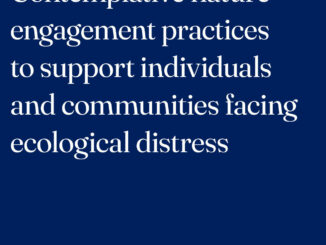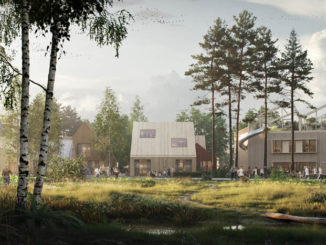Winner of the 2021 WLA Awards – Merit Award in the Concept – Analysis & Planning category
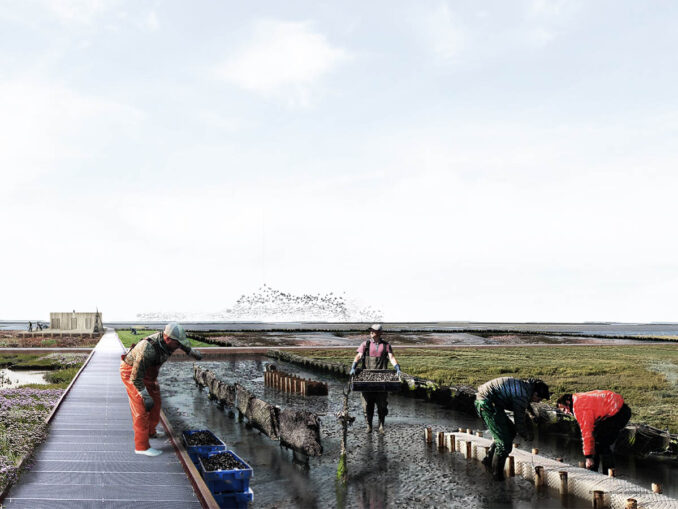
The Wadden coast is a unique landscape. Tides, sediment flows, the season and gradients of sweet and salt create a highly dynamic landscape outside the dykes with a great attraction for many birds, fish, shellfish and other flora and fauna. Within the dikes optimal control of the fertile sea clay soils ensures a highly profitable arable farming. Many tons of potatoes from the first clay shell are shipped all over the world. However, this situation cannot be maintained indefinitely.
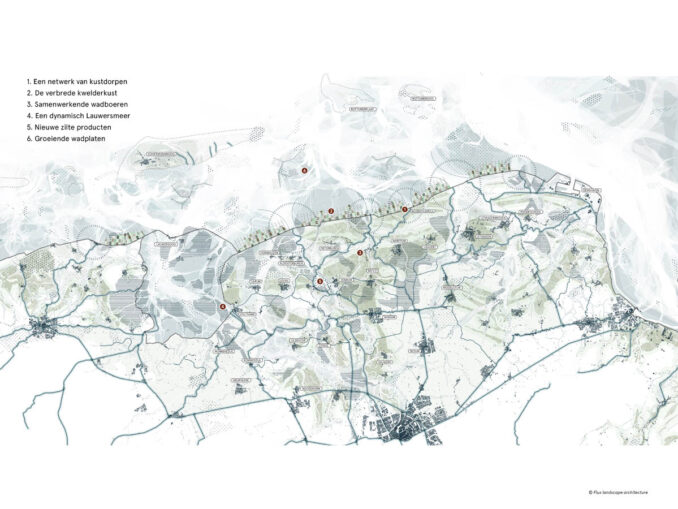
Due to climate change and by rising sea levels this landscape of natural and cultural abundance is under pressure. Salinization, periods of drought and extreme precipitation make the production of a monoculture of agricultural crops increasingly difficult. At the same time, the special tidal landscape, that is of great importance to the migration of millions of birds and migrant fish species, threatens to be gradually drown by the acceleration of the rising sea level.
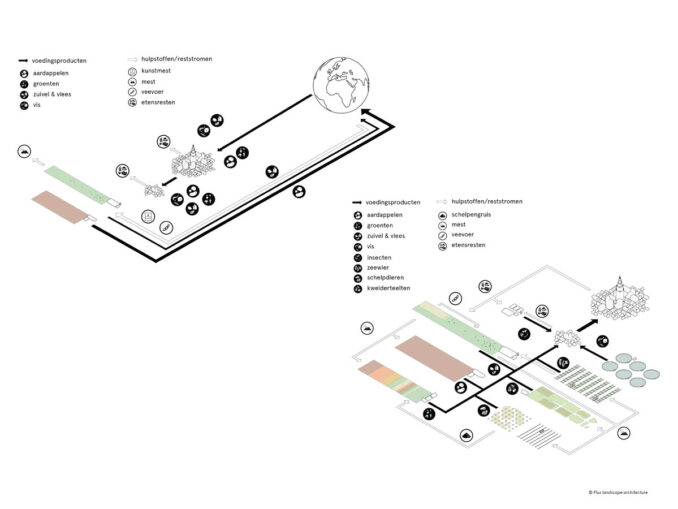
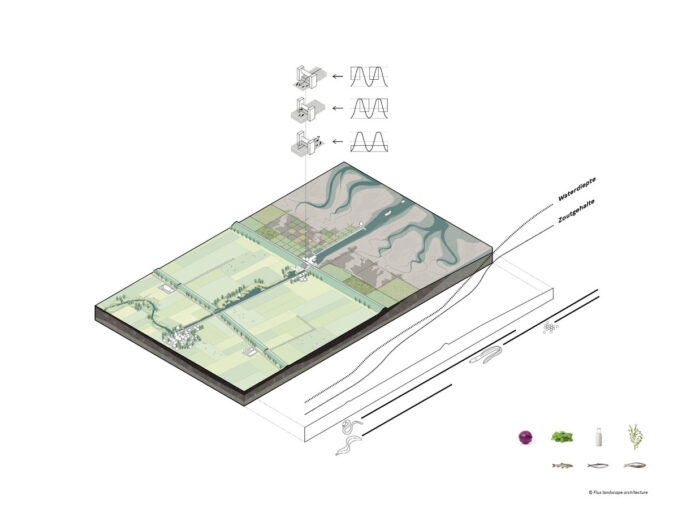
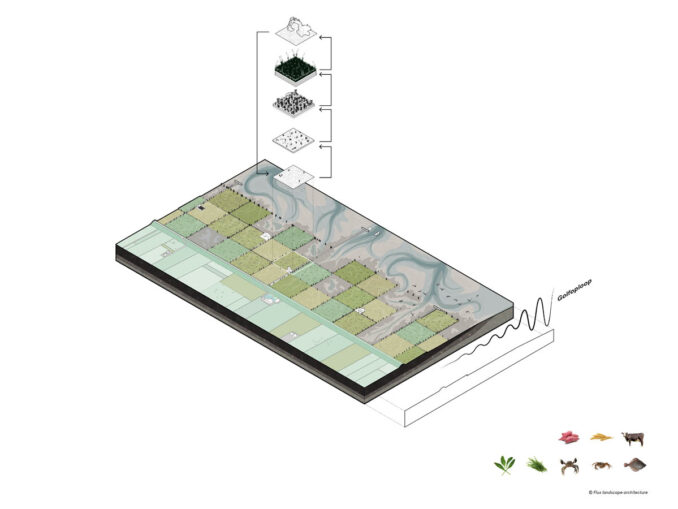
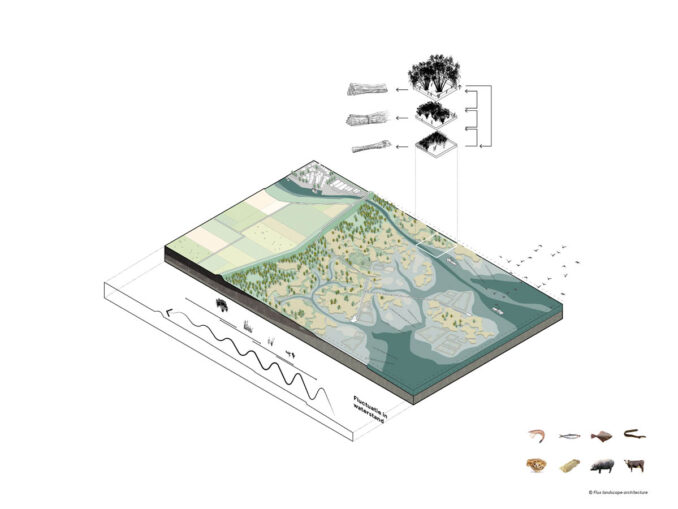
To be able to harvest from this abundant landscape in the future as well, a mental change is needed: from a controlling approach, one that tries to ban all the uncertainties and extremes, to a flexible approach: an approach that moves with the dynamics and diversity of the landscape. This approach forms the basis for a new perspective: The edible Wadden coast.
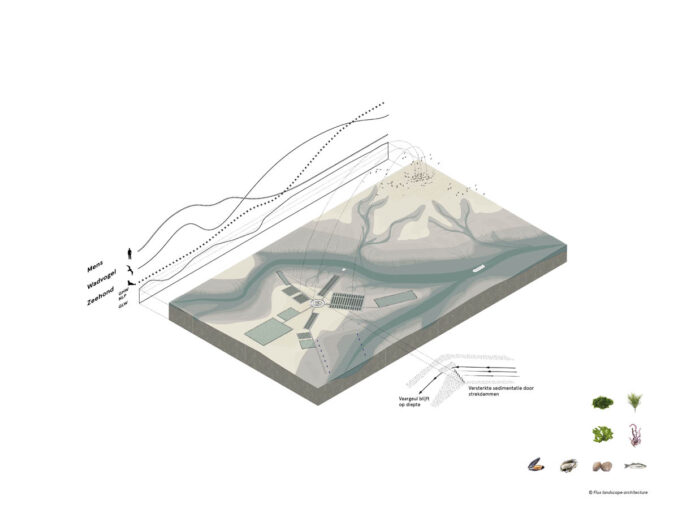
In the edible Wadden coast the landscape is the result of the dynamics and diversity of conditions. Building upon the variety of sweet and salt, wet and dry, high and low and clayey or sandy arises a broad spectrum of conditions that give room to both flora and fauna as the food-landscape. This richness of the area is making the landscape attractive to live, work and recreate. Thereby the Wadden coast becomes a buffet where everybody, both birds and tourists, can eat off.
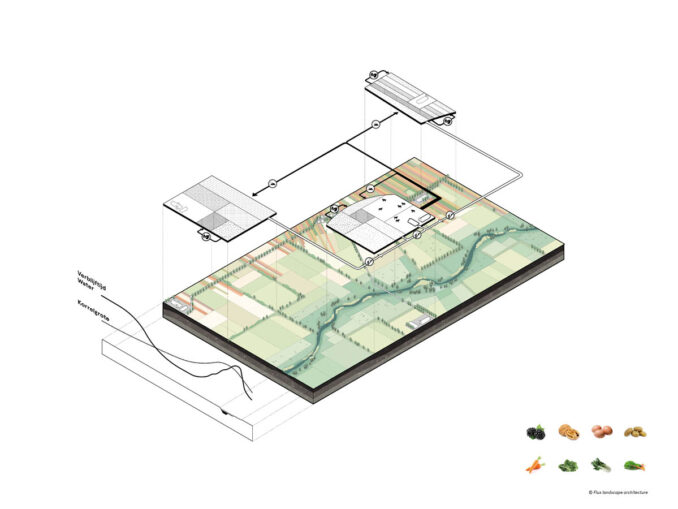
What do we eat in 2100?
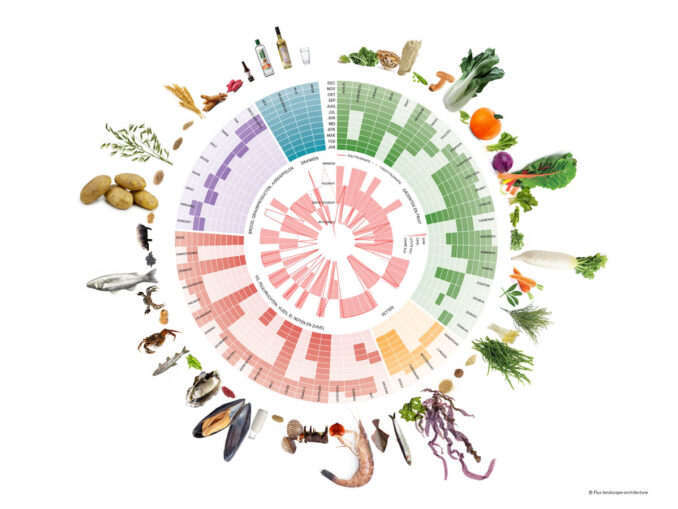
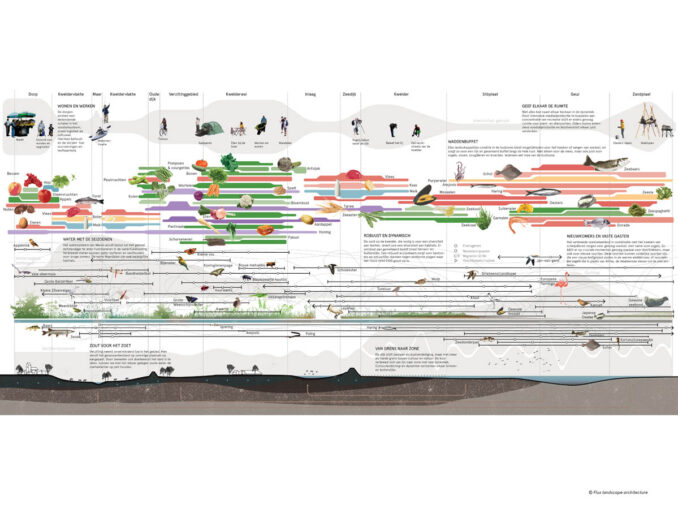
Where the current system aims at profit and bulk production of a few and therefore bans out all uncertainties, a system that thrives on the dynamics and diversity of the landscape offers a possibility for a far larger spectrum of products: from potato to cockle, Salicornia to mustard and chard to smelt. Our menu in 2100 exists largely of local crops and catches, but also new forms of egg whites like seaweeds and insects. By looking at the Wadden coast as a broad productive zone, where food production and nature are inter-connected, an enormous broad menu arises. From the coastal area of North Groningen, sufficient varied food to maintain all the three northern provinces yearly can be produced with this approach.
This productive landscape focuses mainly on the region instead of the world market and offers opportunities to close the cycles. By connecting farms, resources and food can be exchanged, which makes the area less depending on fertilizers or concentrated feed. Simultaneously opportunities arise for locale processing and commercialization of ‘Groning’s’ quality products. Therefore, villages regain their connection with the coastal area and will profit of the new wealth.
Edible Wadden Coast
Location: Groningen, The Netherlands,
Landscape architect: Flux landscape architecture
Commissioned by the province of Groningen, Rijkswaterstaat and the municipality of Groningen
Image credits: Flux landscape architecture

